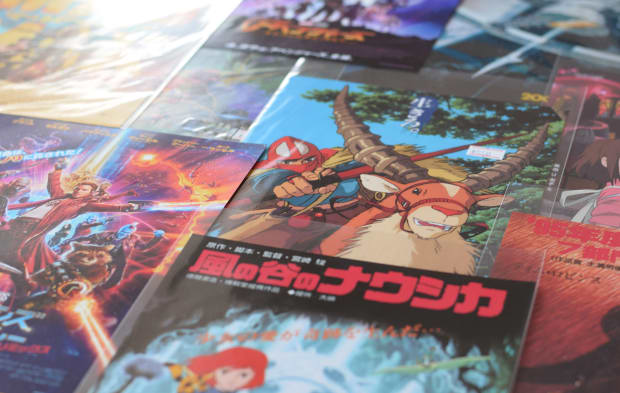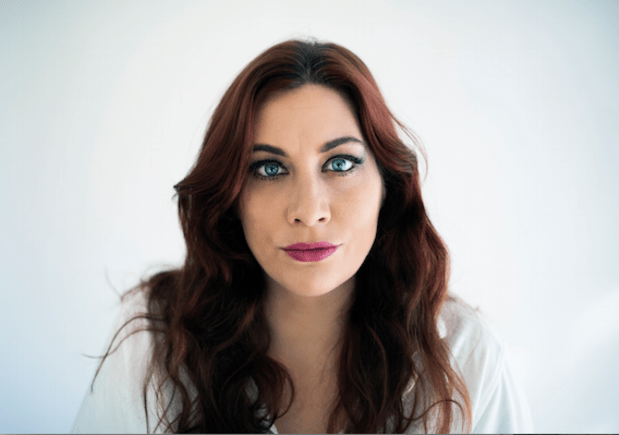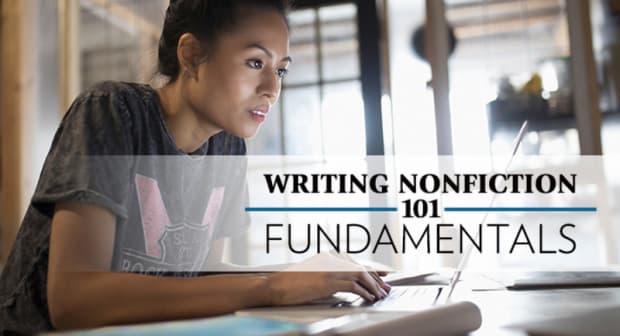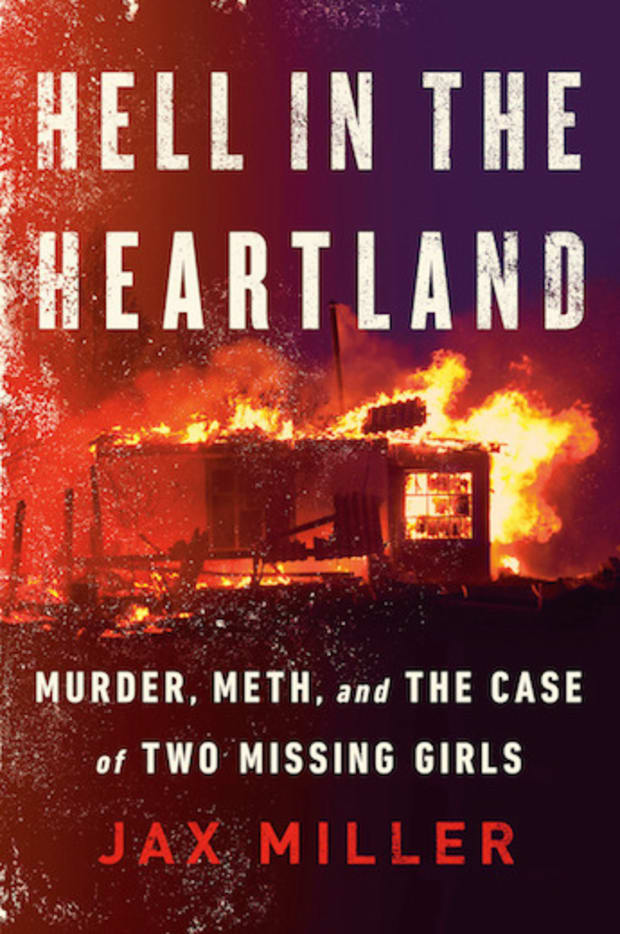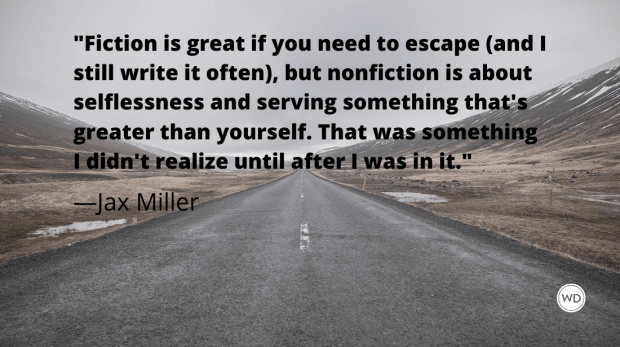As a child, I would often draw out the syllables of words in my head as five-point stars. A whoosh of satisfaction came with creating neat, star-shaped statements. It never became overwhelming or fixating; rather, a gentle psychic tick that was always with me in the background. The urge would be stronger when I had to make some kind of decision. If I was asked what I wanted for dinner, I might run the choices through the system and choose the option that made a star when I said it to myself.
Lasagne and salad. Six syllables. One star, one extra line. No.
Pasta and pesto. Five syllables. One star. Yes.
To this day, when faced with an important decision, in a filo-thin layer of my consciousness, faint stars start to appear: a silent, reassuring metronome still keeping me company in my thirty-sixth year.
A psychologist might say that this syllable counting is a system used to seek a sense of order and control, employed by a brain with a propensity for anxiety. When presented with choices – particularly when emotions were running high, as they began to at a certain point in my teen years – this process helped nudge me towards decisions.
We frequently associate having a large amount of choice with happiness, freedom and satisfaction. But is this really true? In his 2004 book The Paradox of Choice: Why More Is Less, the American psychologist Professor Barry Schwarz explored a disarming but resonant theory: that having too much choice doesn’t actually seem to make us happy. Choice can be very stressful. Disabling, even. ‘Learning to choose is hard. Learning to choose well is harder,’ he writes. ‘And learning to choose well in a world of unlimited possibilities is harder still, perhaps too hard.’ I think often of Schwarz’s theory as the months of 2020 roll on. With each day bringing more confusion as this mysterious virus holds us in its grip, cognitive dissonance is everywhere.
Leon Festinger, an American social psychologist, formulated the theory of cognitive dissonance in 1957. The core principle is that human beings have a strong drive to keep our beliefs and behaviours harmonious. We are compelled to avoid inner discord because it feels awful. Where our beliefs and behaviours are inconsistent, Festinger believed we have a motivational mechanism to change something – known as the principle of cognitive consistency. I love bacon is dissonant with I know that pigs are intelligent, emotional animals and that farming often places little value in their welfare. To alleviate this dissonance, the pork-eater must either forego the bacon, or devise a justification: I will educate myself on food labelling and only buy organic, free-range, high-welfare pork. Even if the steps made to reduce the dissonance don’t work, the impulse to make them is very strong.
As the pandemic lockdown measures are lifted, desperate questions abound for many: When can I see my family? When will my children go back to school? When can I reopen my business? Will I have a business anymore? When will I have sex again? How will I survive another lockdown? The tide of unknowns can feel debilitating. I have pushed my face hard into the fabric of my sofa during many long afternoons, the days that feel like sinkholes, in fits of sheer unwillingness to engage with the news. Or the idea of what life will look like in a week’s time; a month’s time; a year’s time.
During this pandemic, our individual decision-making not only implicates our own health, but that of our communities. Being frustrated and desperate to return to normal life is understandable. Our human needs, wants and desires are clashing with what we’re told – or not told – is safe by our governors, and the paradigm of ‘normal life’ will, in all likelihood, shift beyond recognition for some time.
I want to go to a restaurant with my friends is dissonant with, None of us have been tested for Covid-19 or the antibodies; what risk do five people from separate households sitting in an enclosed space pose? Any information that implies our actions would be dangerous increases the dissonance. So how to rid that knotty feeling?
After eight weeks of isolation, nearly sixty days of basic existence with no human touch, my mental health began to suffer. I live alone and the loneliness bled out into big, existential thought storms that made me wonder if I wouldn’t go mad. There is the dog, though; caring for her purpose and warmth, and, if I think about that line in Mary Oliver’s poem ‘Wild Geese’ – ‘You only have to let the soft animal of your body love what it loves’ – I know that the soft animal of my body loves and needs the soft body of a four-legged animal.
At a certain point, I resolved a degree of dissonance with prioritising my mental health. In a pledge of allegiance with a pack of surgical masks, I began seeking more human contact; I visited my family by the sea and began engaging more with people in my local community. A neighbour who has become a friend asked if I wanted to form a ‘bubble’ with her and her daughter. She made me Kotosoupa Avgolemono; Greek chicken and lemon soup. A whole chicken simmered in heavily seasoned water for six hours, then came some wizardry with lemons and gently poached egg yolks that she kept hidden behind a smirk. Sipping the broth and chewing the slippery bits of orzo that settled at the bottom of the bowl, I felt more connected and whole than I had in some time. Food made by someone else; a different living room; platonic intimacy. When we drift from the stabilisation that social bonds give us, it becomes more and more difficult to tolerate uncertainty.
Dissonance is most painful when the evidence we’re weighing up goes to the core of how we see ourselves. My mask is uncomfortable and makes me feel claustrophobic is in conflict with If I don’t wear a mask I’m putting others at risk. If we believe we are compassionate and clever, when we make a decision about how and where to wear a mask, we may start defending our decision based on these values – finding evidence to reject the other options. Equivocation gives way to conviction. We are generally resistant to changing our minds as a species, too; if a person believes they are compassionate and clever but chooses not to wear a mask, they have to find a narrative powerful enough to resolve the dissonance and preserve those beliefs. I can’t breathe in a mask. My freedom is being violated. Elevating the liberty of the self to a point where the ethical act of wearing a mask could be seen as performative – or some kind of fascist doctrine – is dazzling, but not unexpected.
This dynamic is why conspiracy theories can become so seductive, too. Covid-19 is a hoax. If we connect with others who agree with and validate these thoughts, it becomes harder and harder to admit we might have been wrong from the start. Self-reflection requires the hard work sitting with the feeling of dissonance instead of springing up to self-justify.
Any government managing a volatile pandemic should be aware of the power of cognitive dissonance and work to address it by simplifying the rules.
There is no clear ‘right thing to do’, instead there is an amorphous cloud of options; millions of different value systems clashing and changing all the time, causing all kinds of conflict. The problem is that the mantle of ‘common sense’ (‘good, solid British common sense,’ said Boris Johnson) has been handed back to the public. The absence of leadership from our government, the mixed messages, the defiance in the face of science, the paucity of clear instruction – all this adds up to a population who feel like it’s up to them. A political tactic that ensures, when the second wave hits, the public can be blamed for flaunting the rules – rather than the government not making or policing them clearly enough. But any perceived freedom we have to make up our own minds is a seductive trap.
One of the biggest challenges in life is tolerating uncertainty; a fact of human psychology that has been wilfully overlooked in the management of the pandemic in the UK. Chaotic instruction has resulted in increasing numbers of people turning their gaze inwards, rather than towards their communities. People are more likely to view things in terms of ‘us and them’; heretics see gullibility, rule-observers see egocentrism, and on it goes.
Covid-19 took flight in societies already polarised by a neoliberal agenda. All Conservative governments since Thatcher have cultivated individualism – the moral worth of the individual – while steadily attacking anything that takes soft relationships seriously. Time with a GP who has known you for years, a conversation with a librarian, a teacher that takes time to get to know you as an individual, the friendly faces in a children’s centre if you’re a single parent and feel completely at sea; all these have been sacrificed to the god of efficiency. Losing ties to the local community leads to a diminished feeling of belonging, which leads to loneliness.
The UK government has wielded its scalpel on public services and the welfare system. We haven’t been ruined by this virus; it has revealed the gaping wounds already there. There have been reports that a tsunami of mental illness is building as a result of the pandemic and lockdown restrictions. However, the stressors we associate with the pandemic – illness, job loss, bereavement, loneliness and socioeconomic inequality – existed prior to the virus, and are among the most robustly evidenced causes of mental distress globally. Covid-19 has merely amplified their effects.
Emotional turmoil does not always warrant a medical label; the anxiety, sadness, frustration and anger so many of us feel at the moment is understandable – we are in the middle of a global pandemic, the likes of which very few of us have seen before. So much is uncertain. Although many people may feel as though they can’t cope, particularly those who are already vulnerable, many psychologists are publicly denouncing the idea of a ‘tsunami’ of mental health problems triggered by the crisis, because the emotional turmoil of grief, unemployment and loneliness is understandable, real and human. It makes sense that more than half of those treated in hospital for Covid-19 have experienced complex emotional difficulties at a later stage, but the language of ‘disorder’ does not reflect what other underlying factors may be contributing to such distress.
Too often, because the medical model of mental distress still holds such power, we struggle as a society to interpret emotional difficulty without clear, scientific-sounding labels – despite the growing consensus that psychiatric diagnoses are ‘scientifically meaningless’ and tell us little about the individual. In his pioneering book Governing the Soul: Shaping of the Private Self, British sociologist Nikolas Rose argued that those who perceive themselves to be ill are easier to manage than those who feel their distress is a result of societal injustice. Given the vast patterns of injustice that Covid-19 has exposed, it seems particularly brutal to ascribe medical language to stark real-life problems. Real-life solutions would be addressing the wealth divide, radically reforming housing and reinstating lost community services; an evidence-based prioritising of a nation’s health above all else. Perhaps this is too big a paradigm shift for a government so defined by individualism.
Emphasising the importance of ‘I’ is at the root of much of our distress. Many models of psychology agree that we’re born with some biological predisposition to form attachments. Social contact can reduce physical pain, but social pain also serves an evolutionary function in making us seek connection. We are not meant to be pulled apart from one another. Loneliness is a biological injury, associated with increased blood pressure and heart disease. Survival among social mammals depends on having robust bonds within the pack – being on the edge, isolated, makes an animal glint in the eyes of its predator. Except Covid-19 is an invisible enemy. We know that, if it does get us, we have to isolate. It is the most disconcerting shake-up of human nature in recent history.
The walk from my building door to the nearest green space is strewn with plastic containers, bags of terrible dog excretions, chicken bones and pizza boxes. I have seen more people dropping litter this summer than ever before in my life. I thought this would wane after the first flourishes of freedom that came with lockdown easing and the rush to enjoy public spaces, but it isn’t stopping. I wonder if the litter is a kind of cache for public frustrations and the breakdown of trust; an obstacle course of fuck you. More people have died in this pandemic than in the blitz and if people don’t feel they’ve been looked after with clear, reliable messaging to keep them safe – alive – then these blasé acts of disrespect can, on some level, be understood.
If we can so easily disregard the fact that another human being will have to deal with our trash, or the staining of a beautiful public space, what does this say about our collective psyche and what narrative we’re going with to resolve our dissonance? About what we feel we’re worth? Who do we choose to believe as we make choices about how to live now? If the message continues to be, It’s up to you, from the stretching roots of public dissonance will spring radical shoots.
Image © MB
The post The Price of Vagueness in a Pandemic appeared first on Granta.


